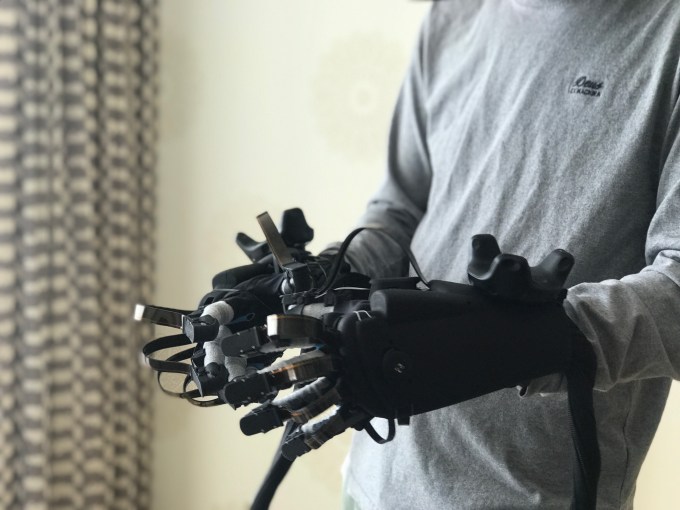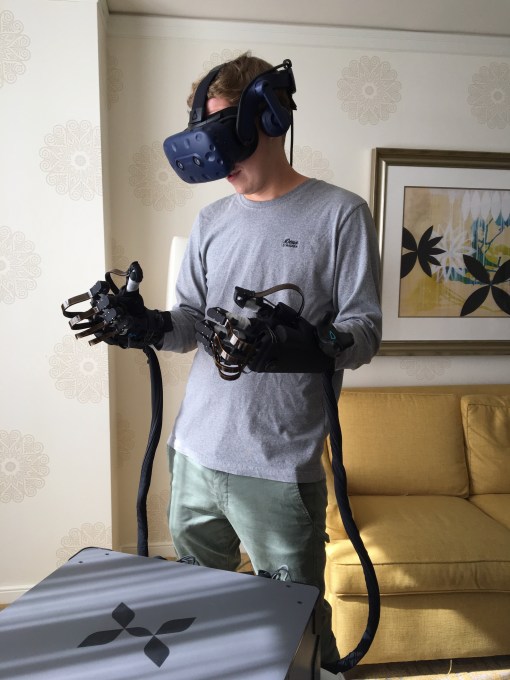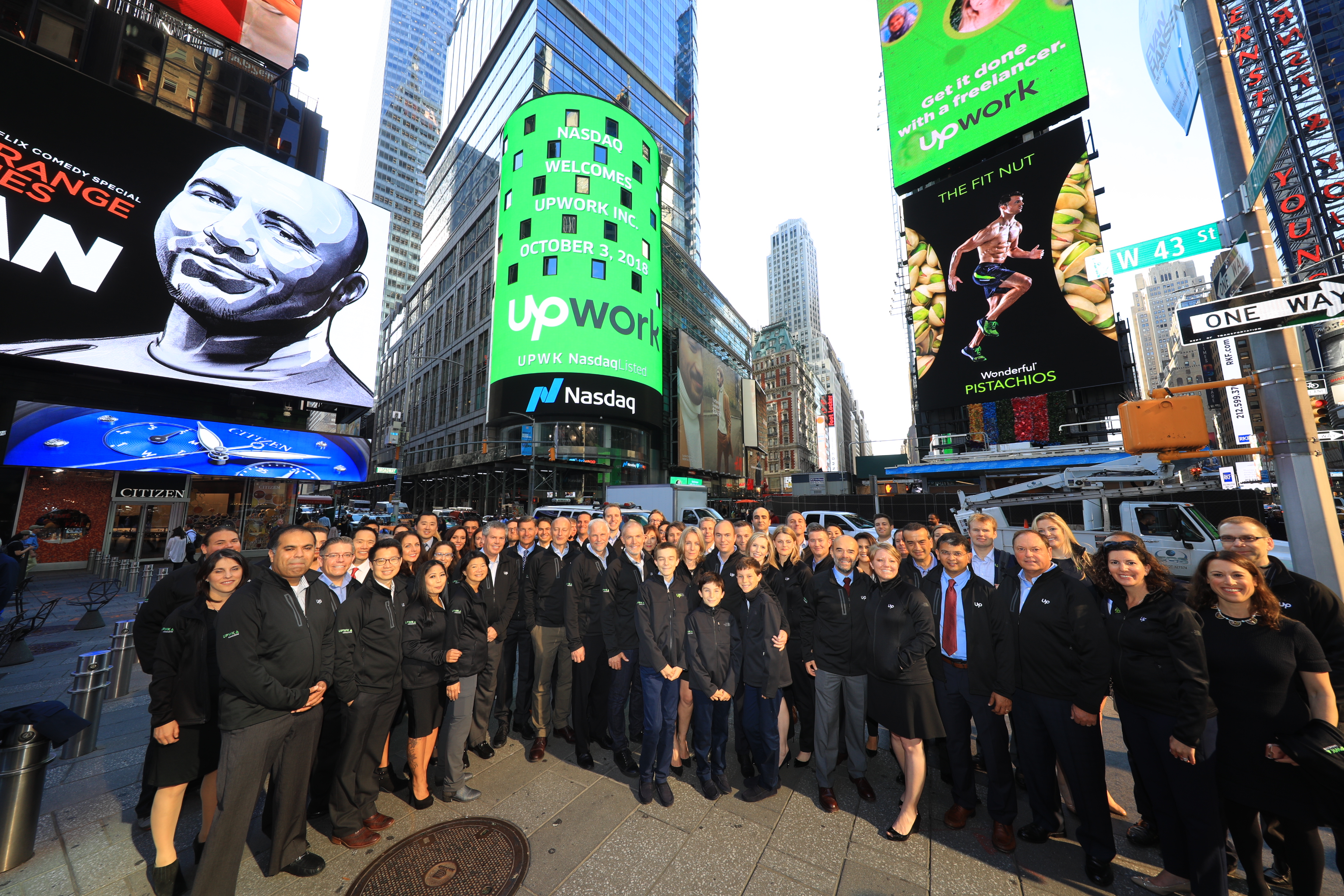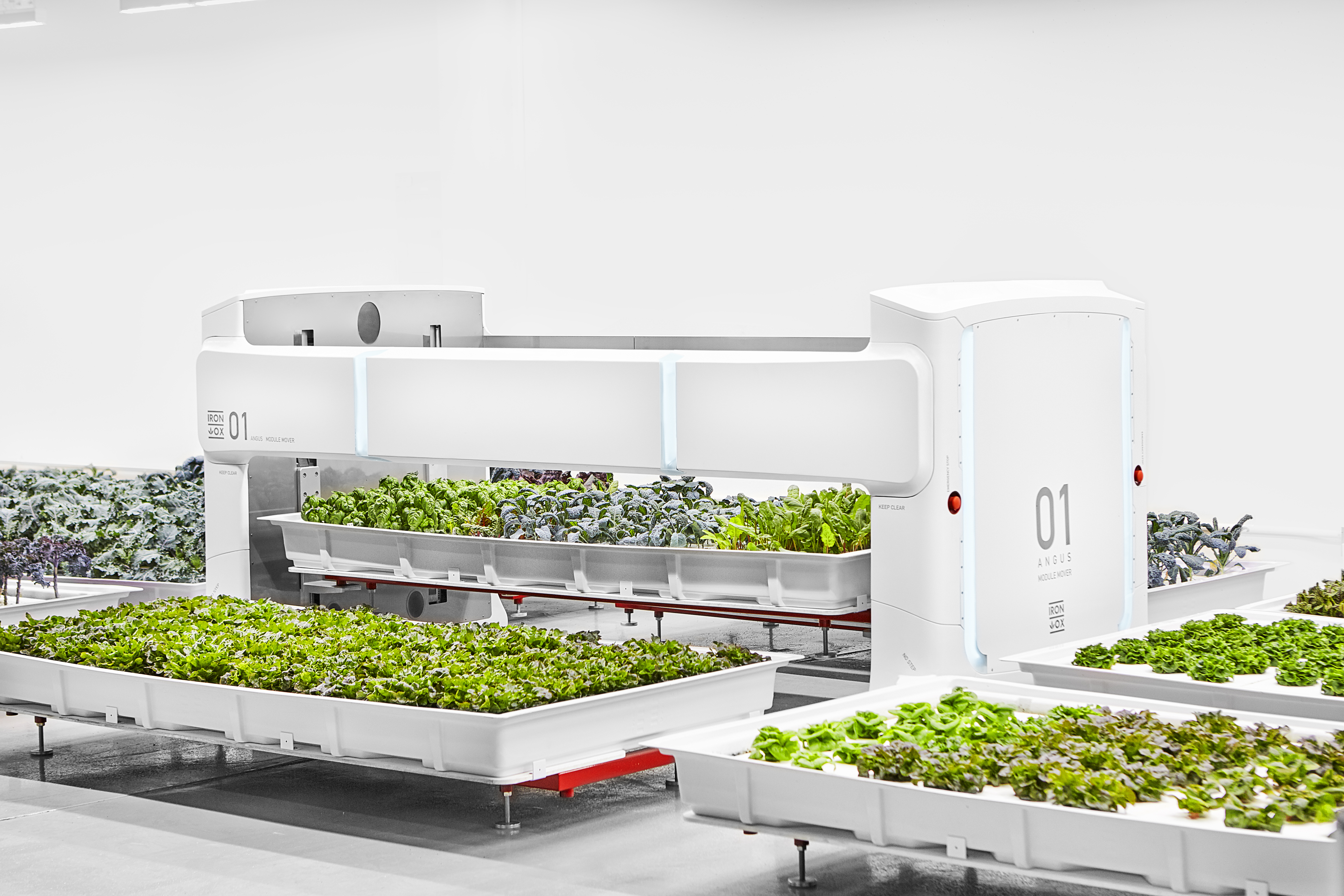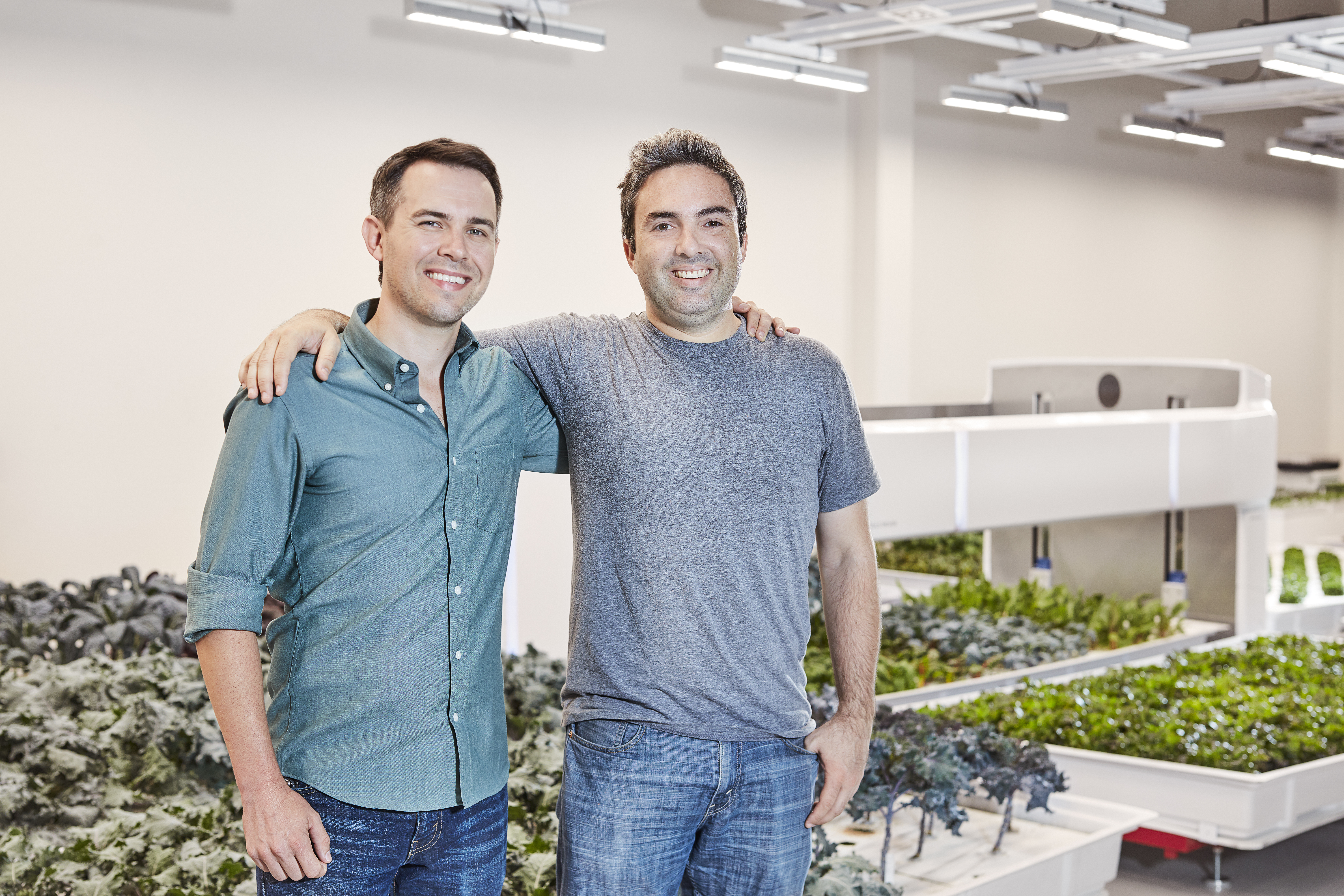Apple’s CEO Tim Cook has today been announced as the keynote speaker at a European data protection conference taking place in Brussels later this month — at a time when US lawmakers are asking tech giants outright if they’ll support “EU-like” privacy rules to shield US consumers from platform power.
For a week this month Europe’s data protection commissioners will gather to discuss the bloc’s shiny new privacy framework, GDPR, and what comes after it. They will also gather to listen to Cook talking on the theme of data ethics.
It’s a topic the Apple CEO has been speaking out about publicly for years.
Just this week, in an interview on US television, he couched privacy as “one of the most important issues of the 21st century” — describing it as a human right, and saying he supported “some level” of regulation, even as he professed himself “not a pro-regulation kind of person”.
Privacy is too important to keep being screwed with — or screwed over — was his clear subtext.
In a few weeks’ time Cook will literally stand alongside the architects of Europe’s GDPR, talking up privacy and ethics at the center of a Union whose founding charter grants its citizens data protection as a fundamental right.
The signalling is clear.
While Apple might so far have fallen just shy of calling for a full copypaste of GDPR-level data protections into US law, there’s perhaps an element of strategic caution at play that’s moderating its plain-text political messaging.
Because the company’s actions from all other angles show Apple consistently defending privacy rights in a big data ethics fight that’s pitting Europe against a small number of powerful US adtech giants whose ‘best’ argument in defence of the unethical stuff they’re doing is they need to ‘keep up with China’ — a country that neither respects human rights nor privacy…
These same self-interested adtech giants are now, of course, hard at work lobbying US lawmakers that big data is a tenet of tech faith — when it really doesn’t have to be that way.
Privacy-respecting data-based innovations are both possible and available. The father of the World Wide Web thinks so — and is now doing a startup to make it so. And Apple’s business is an incredible testament to the power of putting people in control of technology, not vice-versa.
Apple is also a testament to how handsome a profit can be turned from privacy.
At a recent Senate hearing to discuss how the US should approach setting a federal privacy law, its VP of software technology, Bud Tribble, summed up the company’s position as: “We want your device to know everything about you but we don’t think we should.”
It’s notable that no other tech giants can make that claim. Not Amazon, not Facebook, not Google.
These platforms fall awkwardly silent when faced with questions about data ethics.
Nor can they comfortably stand on a public podium and discuss what does and does not produce “a result that’s great for society”, as Cook can. They have to invent their own ludicrous measures — like ‘relevant ads’.
Frankly speaking, if that’s your price for giving up on human rights you really are selling out.
So it’s left to Apple to send out the privacy bat-signal.
Let’s just hope the lawmakers are watching. Because the lobbyists are busy whispering.

